Blazing Trails
What do Amelia Earhart, Jackie Robinson, and Neil Armstrong have in common with approximately 14% of students at Hope College?
They are all trailblazers — the first to break a barrier and pave the way for the next generation.
At Hope, more than 400 students are the first in their families to pursue a four-year degree, often referred to as first-generation college students or more affectionately “first-gen.” And while attending college is a major life change for every student, first-gen students experience additional challenges. Especially as Hope pursues Hope Forward — making a Hope education more accessible by eliminating tuition as a barrier — Hope is placing even greater emphasis on understanding those challenges and helping first-gen students navigate college.
Elizabeth Colburn, recently retired director of the Hope College TRIO Upward Bound program, describes first-gen students as “highly driven and highly motivated.” And Colburn would know. She spent the last 35 years leading the federally-funded Upward Bound program to prepare first-generation and low-income Holland-area students for education after high school.
“Some first-gen students might think higher ed is not a possibility because they cannot afford it or their parents didn’t do it. It’s not that they don’t have parents who care, it’s just that they do not know how to go about accessing it,” Colburn said.
Approximately 40% of America’s college students are first-gen. At Hope, the first-gen student population ranged from 12% to 21% over the last decade. Many navigated the college search and admissions process entirely on their own.
“They didn’t have someone telling them to go to Hope or pushing them to go to Hope. They chose Hope,” said Alyssa Boss ’08, associate registrar.
Boss’ personal experience as a first-gen transfer student to Hope has had a profound impact on her roles as the associate director of advising and a First-Year Seminar instructor. “I wish I had someone telling me to study abroad, or get involved in student groups or to seek out hands-on experiences throughout college,” she said.
For Andrea Hernandez ’23 of Dallas, Texas, one of the most challenging parts of being a first-generation college student was learning to advocate for herself. “I was not aware of what questions to ask, what to look for, what to expect, and what resources I should utilize because I didn’t have anybody else to depend on or who could relate to me,” she said.
Approximately 40% of America’s college students are first-gen.
At Hope, the first-gen student population ranged from 12% to 21% over the last decade.
Added to the stress of not knowing what questions to ask or where to find help was joining a community that looked and felt very different from the one at home. For many students, this compounded pressure can make sharing their college experiences with family and friends back home more difficult, and make asking for help and getting involved in campus activities even more intimidating.
“My transition from being a high school student to a college student was pretty rough because I not only had to deal with the culture shock from coming from a predominantly Hispanic community, but also not having that underlying piece that was visible to everybody [being first-generation].
“I was, in a sense, sort of ashamed to call myself a first-generation college student, not just because of myself but because I didn’t want people to judge my family and where my family comes from. But, I grew and developed my identity and perspective about what being first-gen is like.”
Hernandez is now helping other Hope students with their adjustment to college. She co-led the college’s First-Generation Student Union in her junior year and is an Orientation director leading into her senior year.
Recent graduate Marketea Abbott ’22 from Melvindale, Michigan, followed a similar path. She knew a college education was necessary to achieve her goal of becoming a social worker. Generous financial aid, several part-time jobs and a scholarship from the Detroit Regional Dollars for Scholars program made pursuing her degree possible, but she lacked the benefit of family experience to help her with the journey.
“I have 10 siblings, all adopted except the two oldest sisters. My parents didn’t have an expectation of what we would be doing post-high school. I valued education and wanted to be a social worker,” she said.
Abbott admits she struggled to get by in college and said at times, her situation made her feel like she did not fit it. “I felt like I wasn’t supposed to be here. Like, ‘it shouldn’t be this hard to go to school.’
“Now that I’m in my senior year, I find myself telling my siblings the things I navigated, thanks to God,” she said, speaking during the closing weeks of the spring semester. “Hopefully, they will be confident to go to college. They know it’s an opportunity and something they can do.”
Equipped with her Hope degree, she is helping others by working with the Detroit Regional Dollars for Scholars program that once supported her. Abbott credits her first gen peers and Yoli De Leon ’88 Vega, recently retired senior academic and career advisor, for helping her achieve her goals.
“To know there are people who know exactly how it feels, and that there are faculty in a higher position advocating for you — I am very, very grateful for Yoli and the First-Gen Student Union,” Abbott said.
First-gen students at Hope aren’t on their own. For staff and faculty in Academic Affairs and Student Development, student well-being is the top priority. Care teams, close advisorships and mentorship programming are in place to provide academic, emotional and social support for all students.
There’s growing recognition at colleges and universities across the nation of the importance of enhancing support for first-gen students in particular. National data shows that first-gen students complete college at lower rates than their peers. They also disproportionately enroll in less-selective colleges — which means that many don’t even consider that schools like Hope could be right for them.
“We’ve always been here,” said Vega who is also a first-gen Hope grad. “but not necessarily represented in programming or services. The number of students gaining access to higher ed brings it to the forefront,” Vega said reflecting on her 31-year tenure in supporting student success at Hope.
“Everyone [in academia] is trying to find ways to be better,” said Provost Gerald Griffin.
At Hope, Griffin noted, “faculty and staff across campus are working together to better understand the needs of our first-gen students and how Hope can better meet the needs of our students where they’re at. All students have something to contribute to Hope; it is our job [as faculty and staff] to help them find and unleash their God-given gifts.”
Griffin said the provost’s office is providing resources to help propogate inclusive instruction across campus, which includes everything from ensuring access to affordable textbooks to walking alongside students in their preparations for life and work after Hope.
Significant work is also being done to identify the “hidden curriculum” — learning moments discovered through experience, not from a lecture or textbook. These are things like how to schedule classes and choose a major, and knowing how and when to visit a professor’s office hours.
First-gen students at Hope aren’t on their own. For staff and faculty in Academic Affairs and Student Development, student well-being is the top priority. Care teams, close advisorships and mentorship programming are in place to provide academic, emotional and social support for all students.
“We are looking at retention and persistence in a discipline. How do we help our students complete their academic goals at Hope? And, what does it mean to best prepare our students for a graduate experience?” Griffin said.
Dr. Ryan White, associate dean for academic advising and applied learning, understands first-gen students are coming to Hope with unique backgrounds and challenges. His expertise is in undergraduate identity development, and his career has centered around developing new academic programs and resources for student success.

“We find nationally that some of the challenges in the transition for first-gen students are not because of the students, but due to gaps in the environments they are stepping into,” White said. “We’ve seen this at Hope College and we are working to make Hope inclusive and accessible to first-generation and all students.”
White credits Summer Bridge and Step2Success as examples of programs to ease the transition to college. Summer Bridge is a two-week living-learning experience for first-year students to get acquainted with college life before the frenzy of fall semester starts. Similarly, Step2Success is a two-day pre-orientation program coordinated through the Center for Diversity and Inclusion to give students a jump start on academics and developing community during their transition to Hope.
These programs, combined with Academic Advising, the Fried Center for Global Engagement, the Boerigter Center for Calling and Career, and the First-Year Seminar experience, are all opportunities for first-gen students to stay connected and explore who they are and why they’re at Hope, White said.
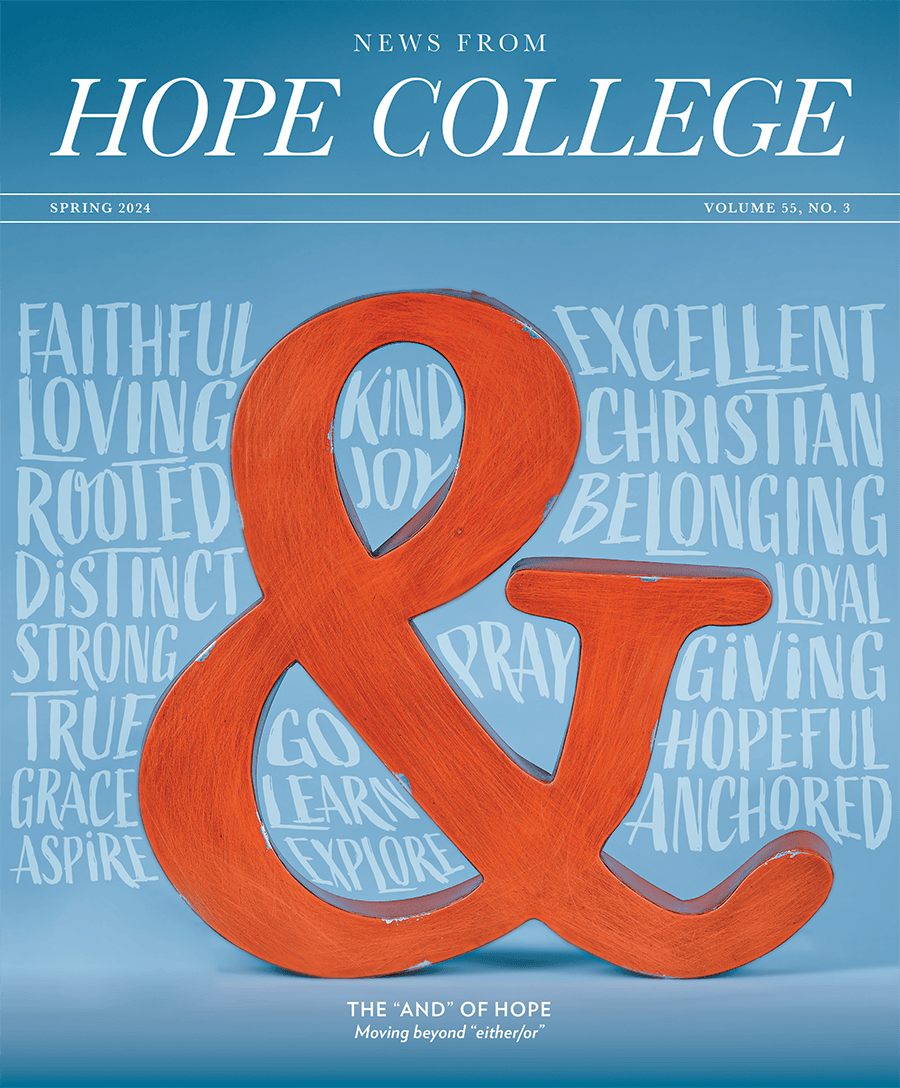
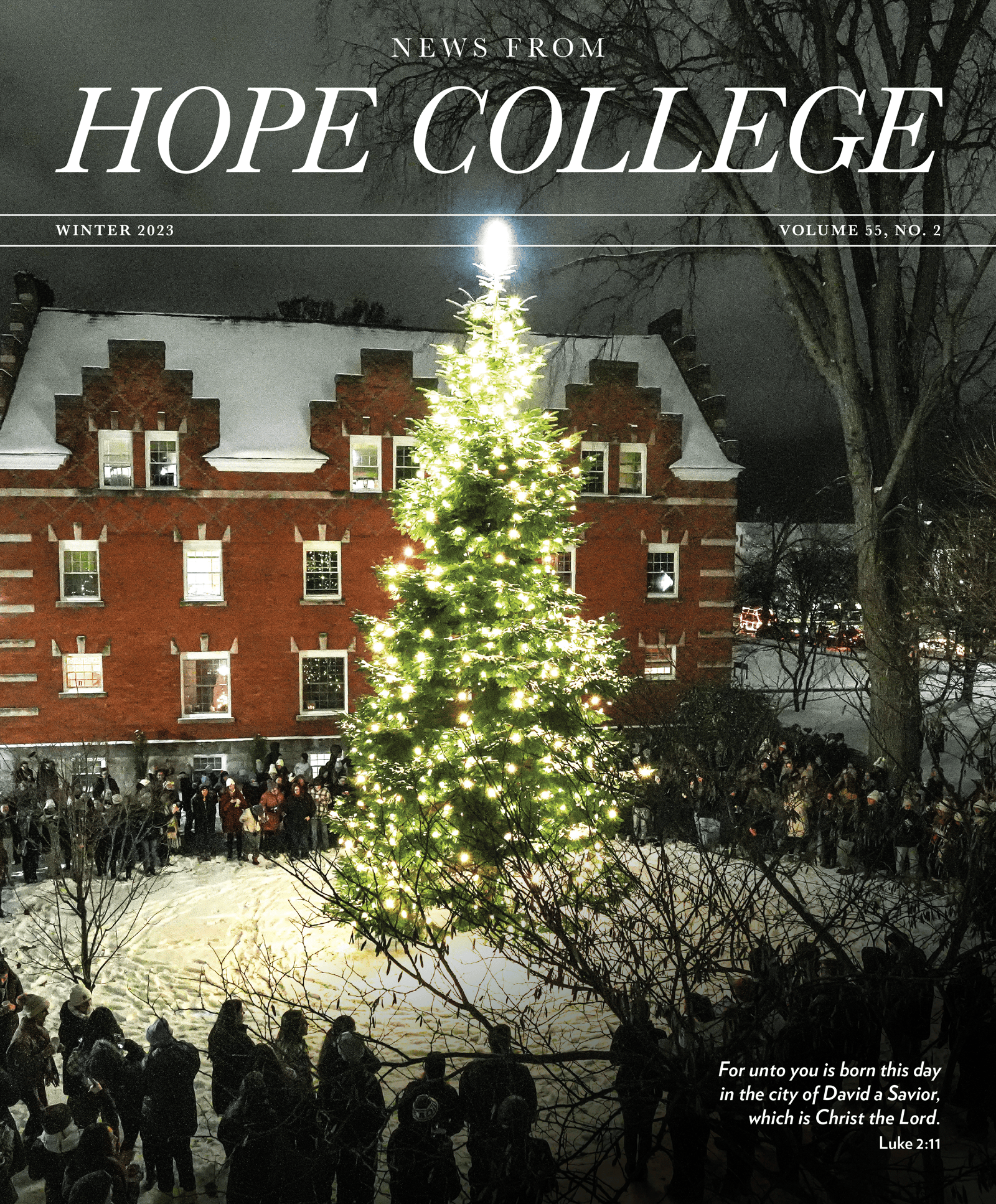
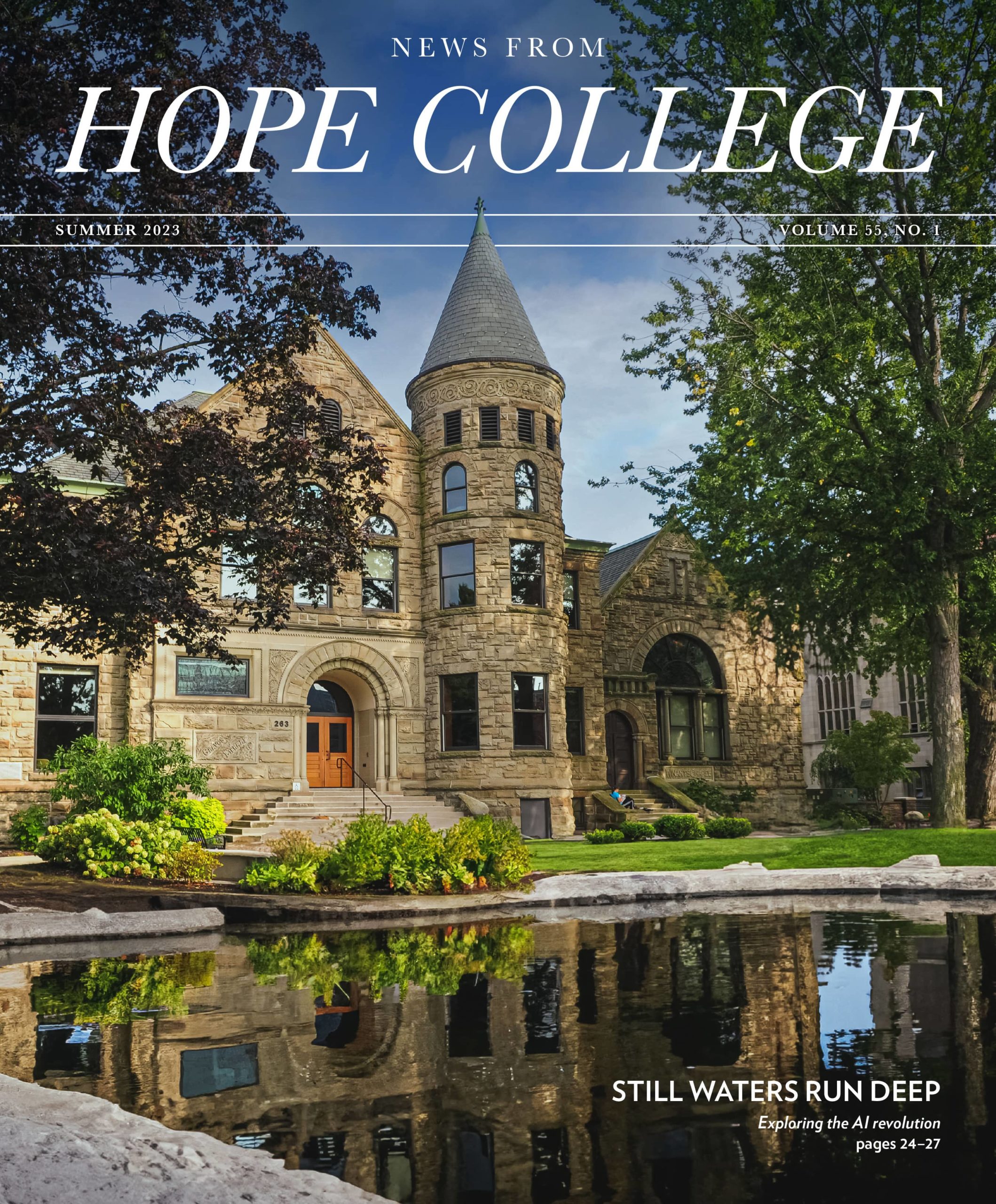
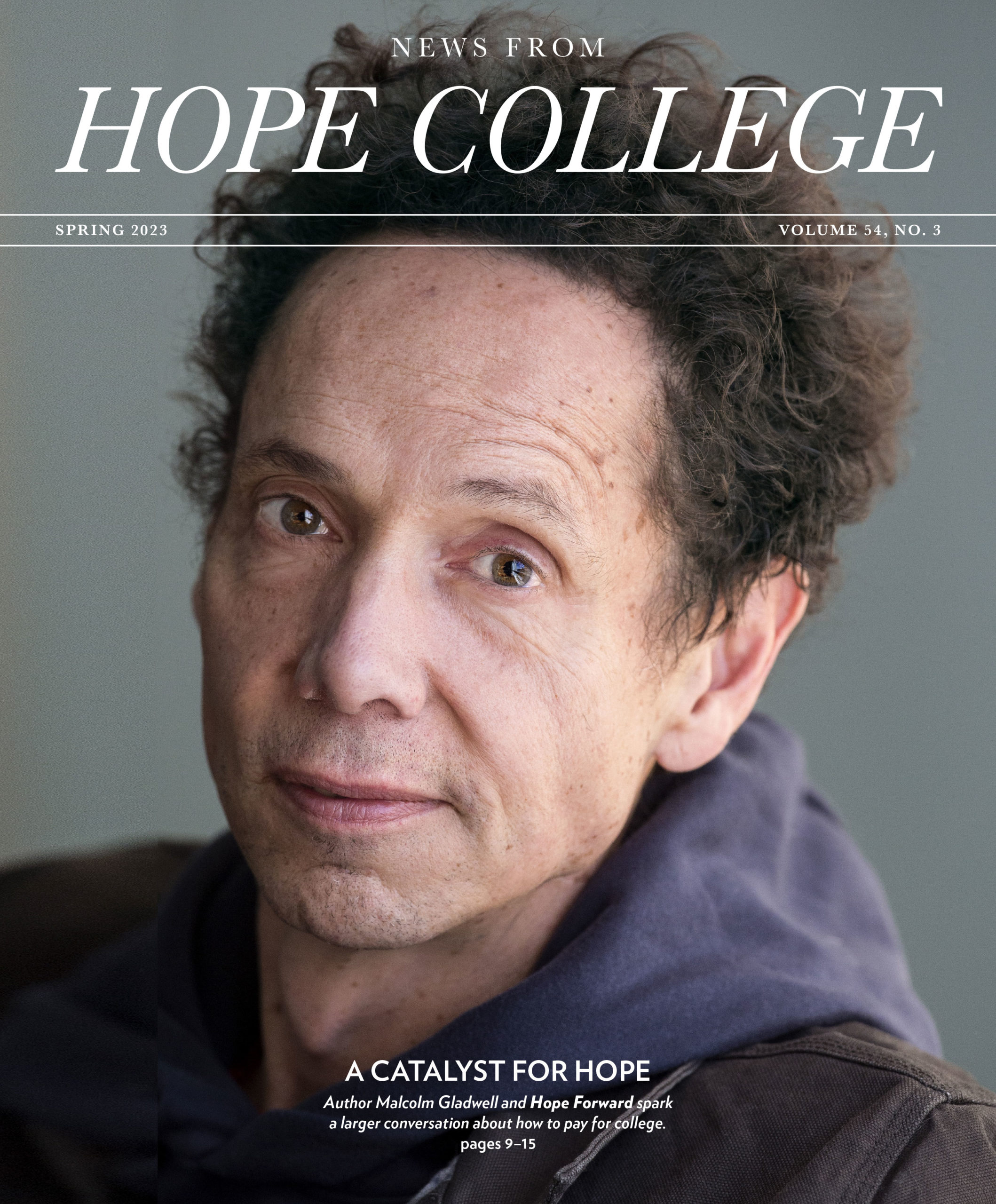
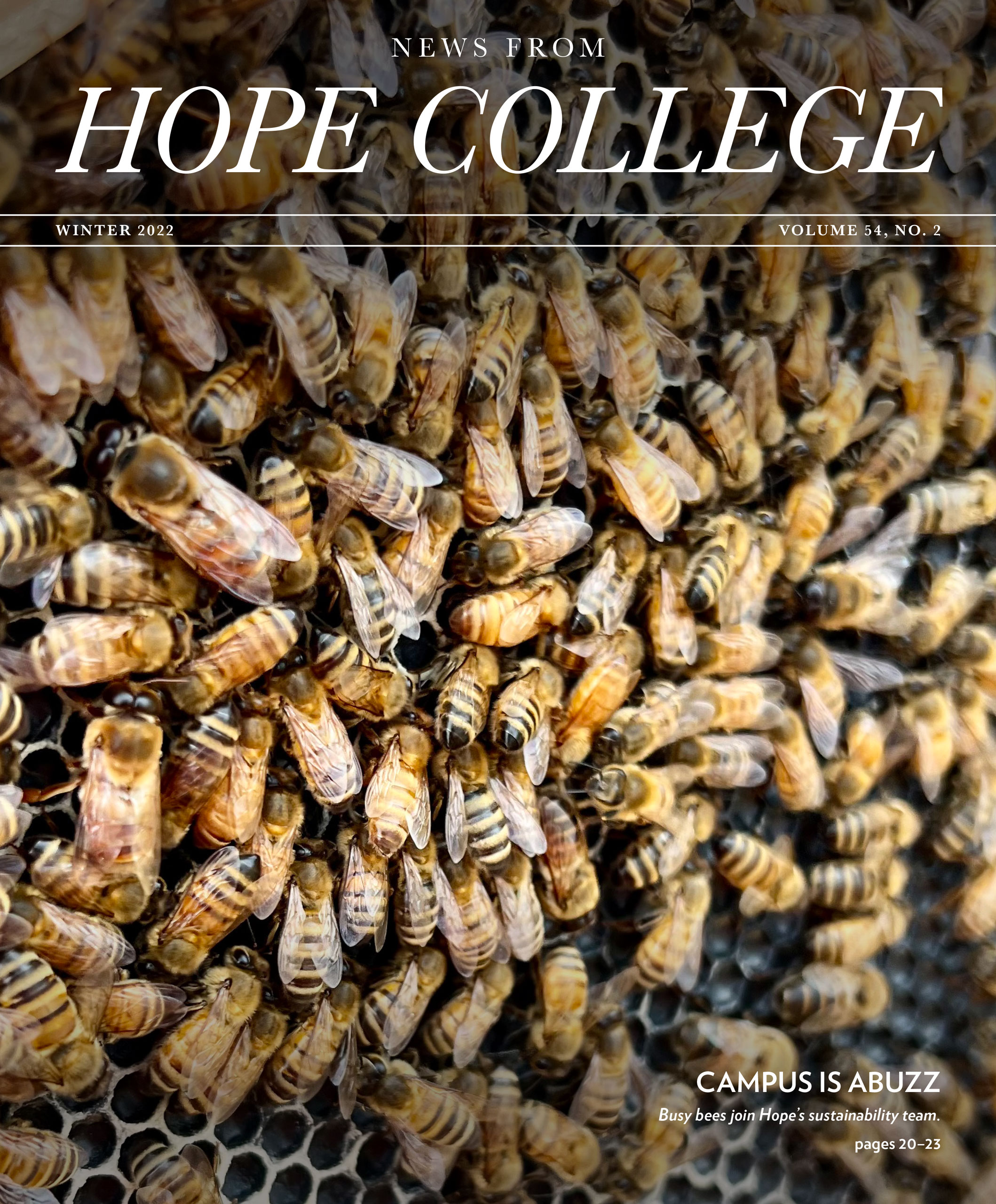
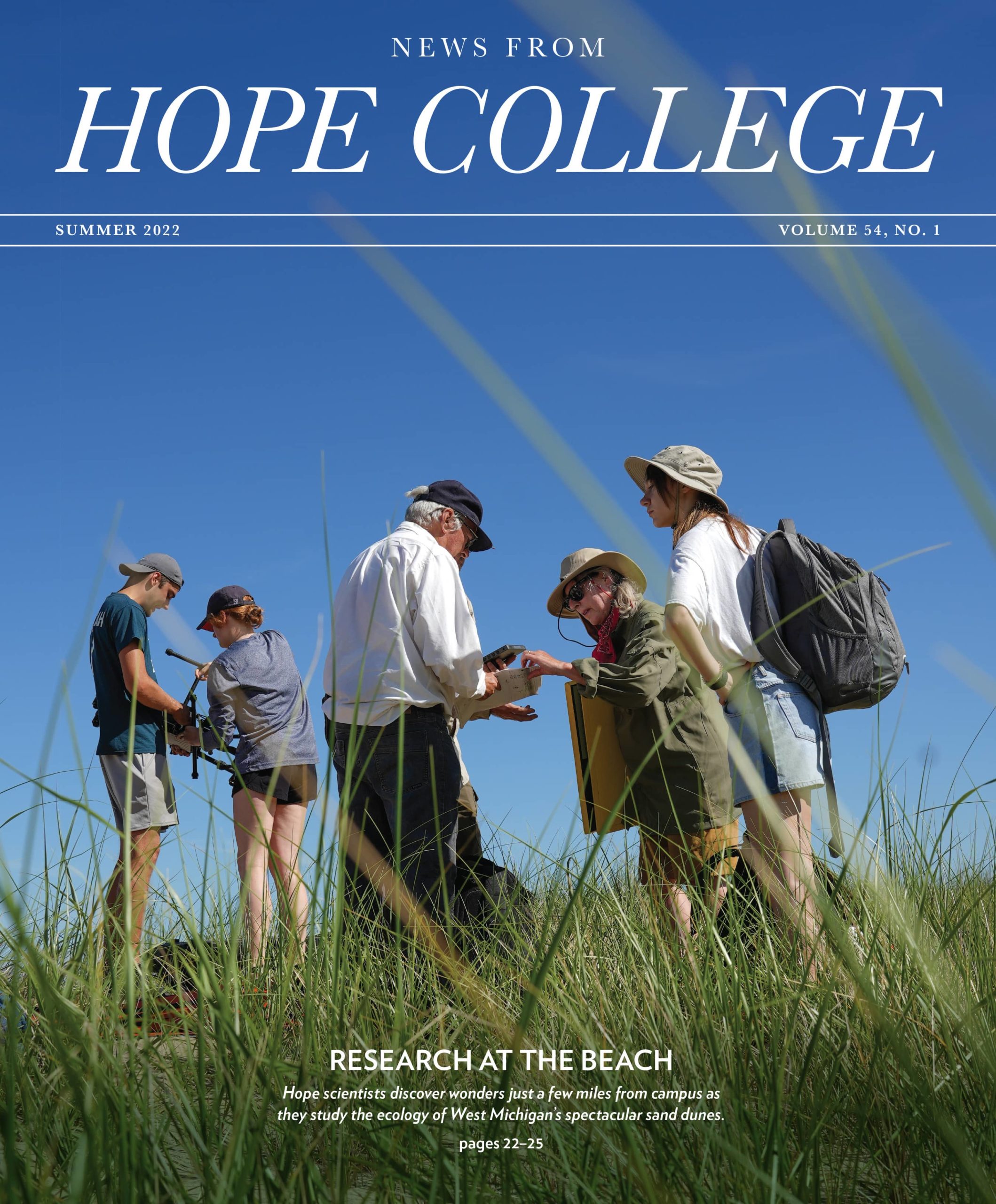
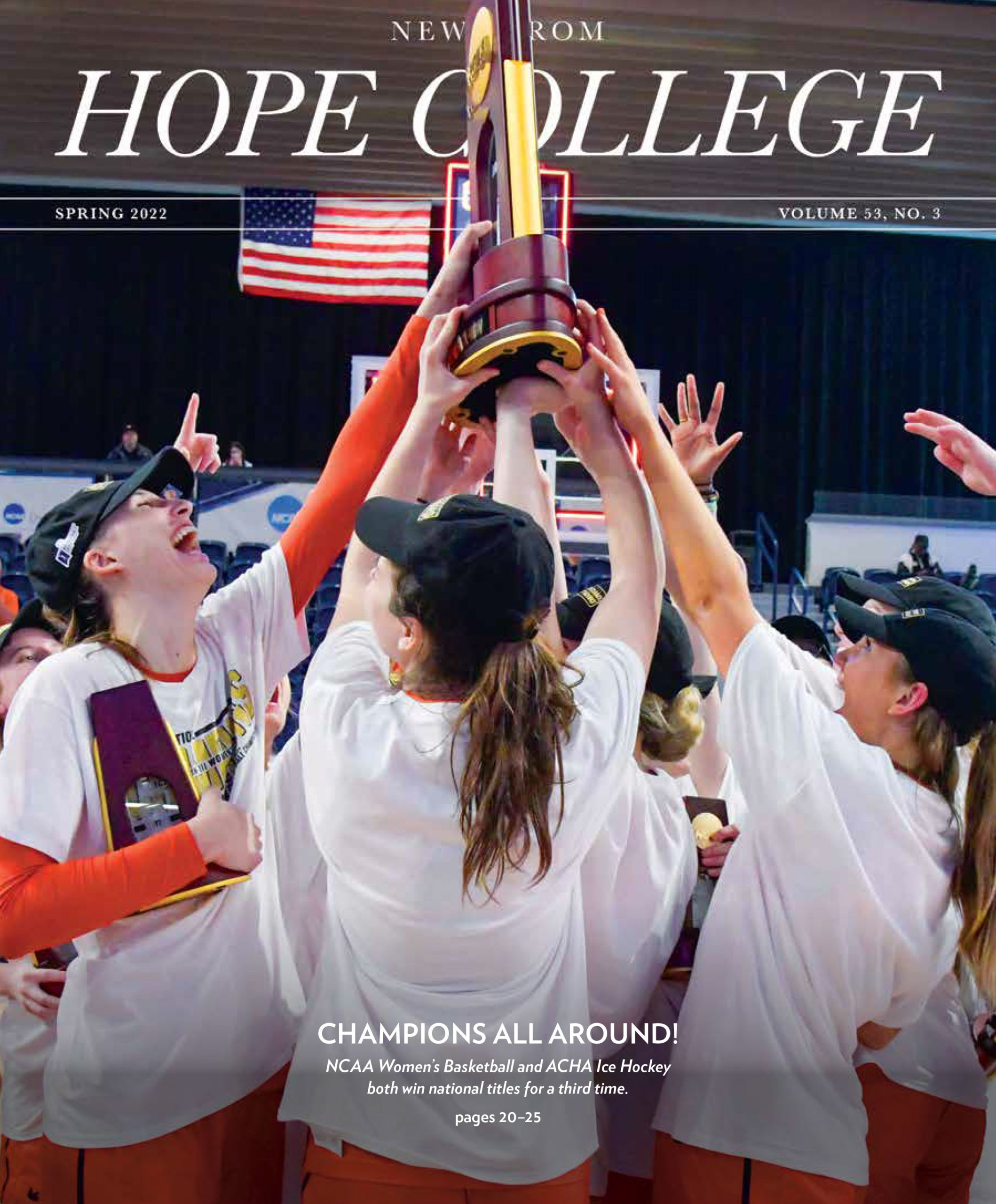


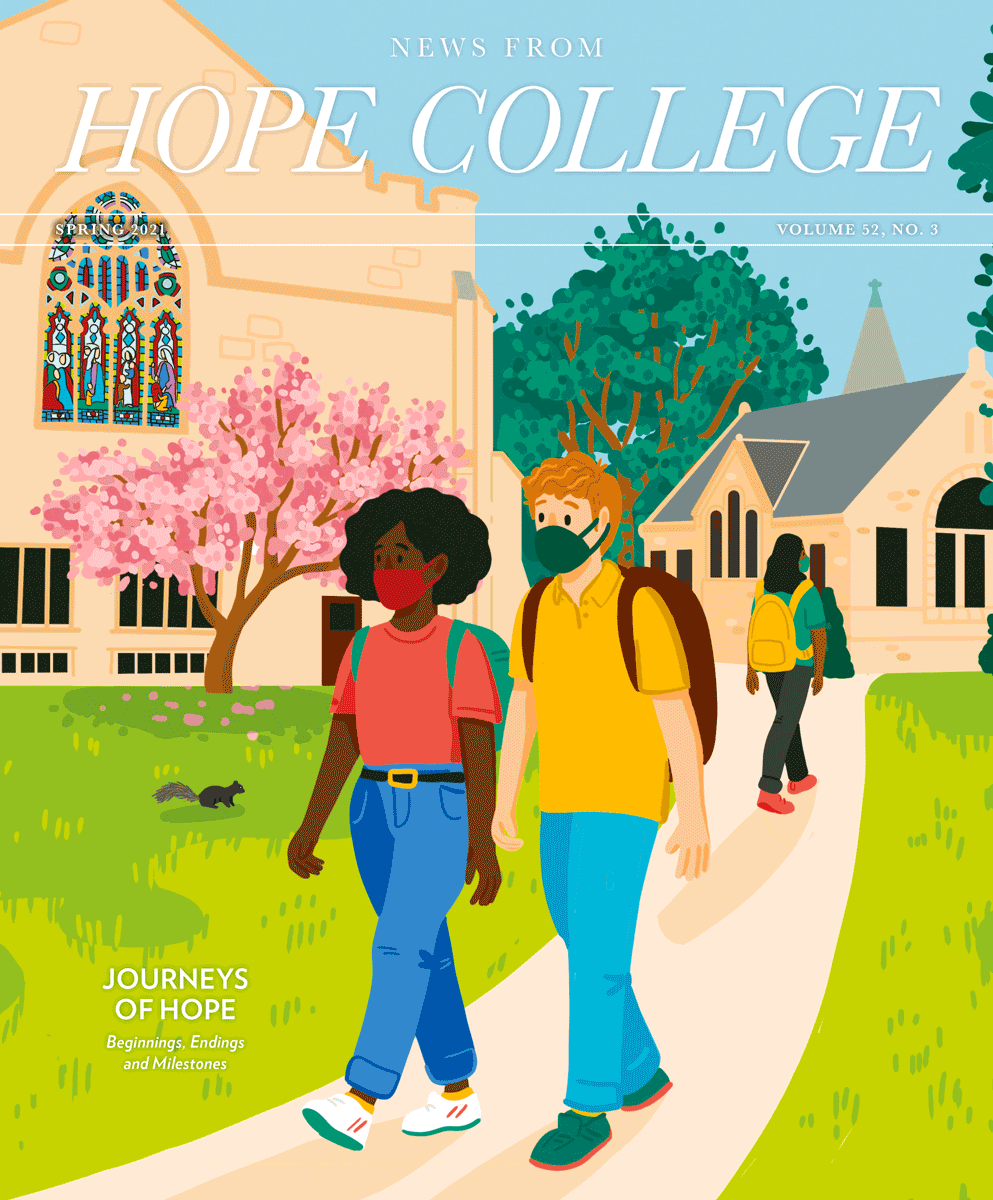
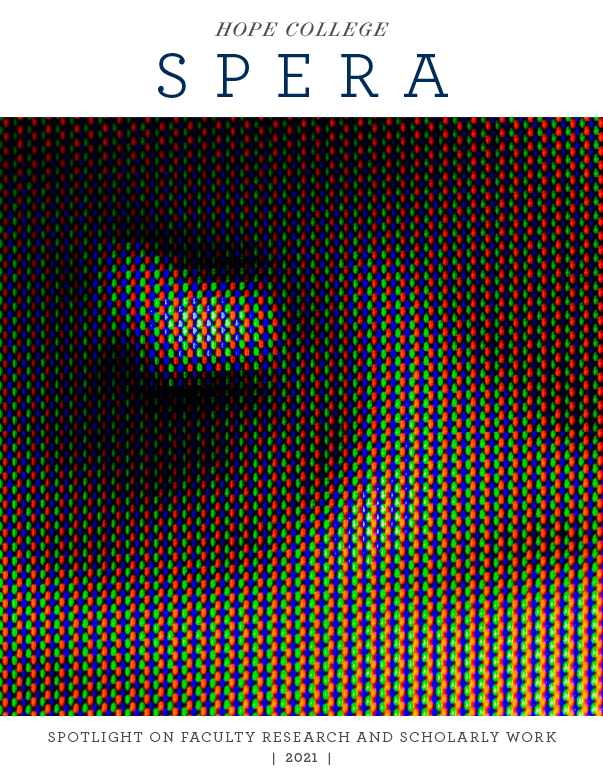
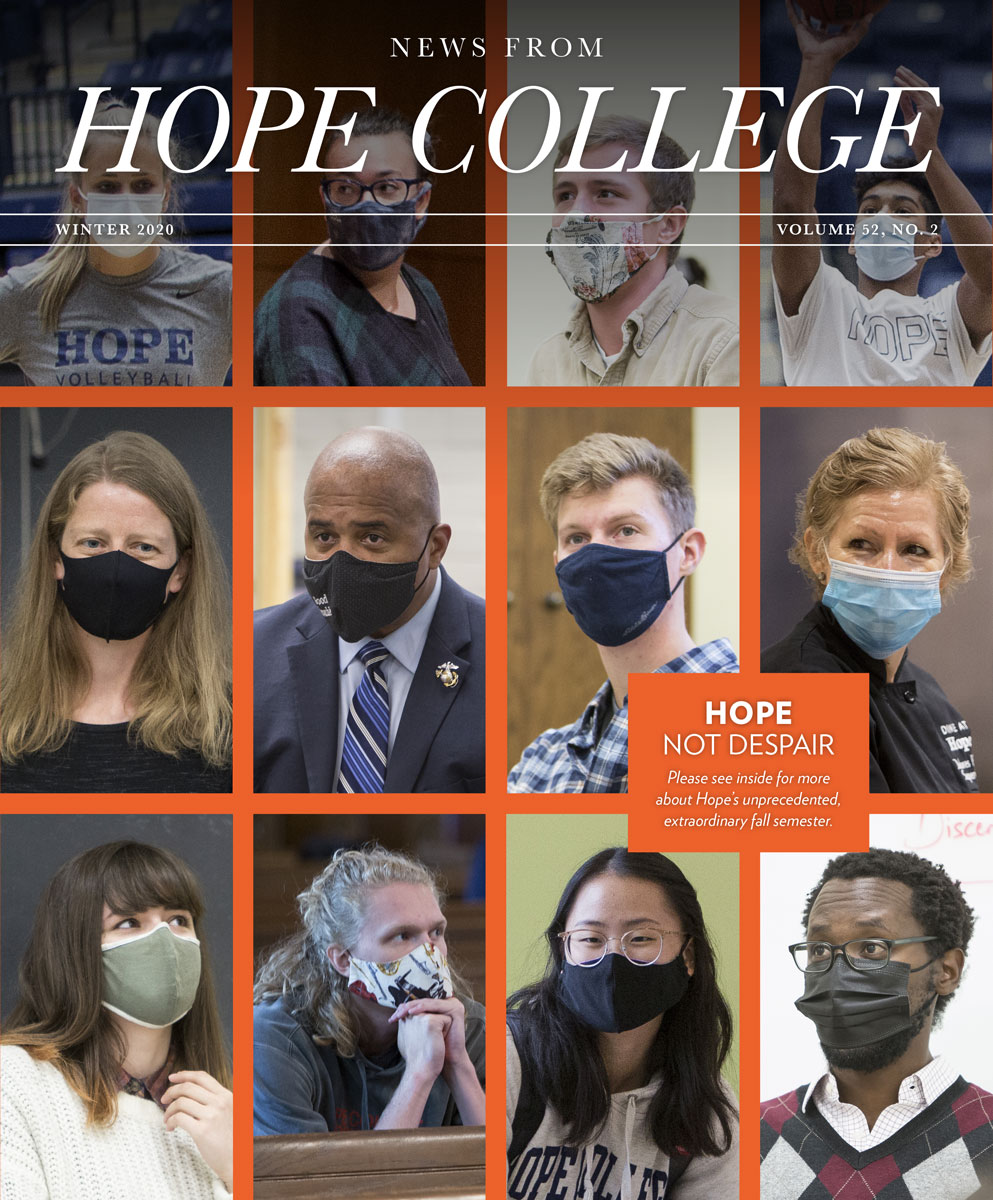

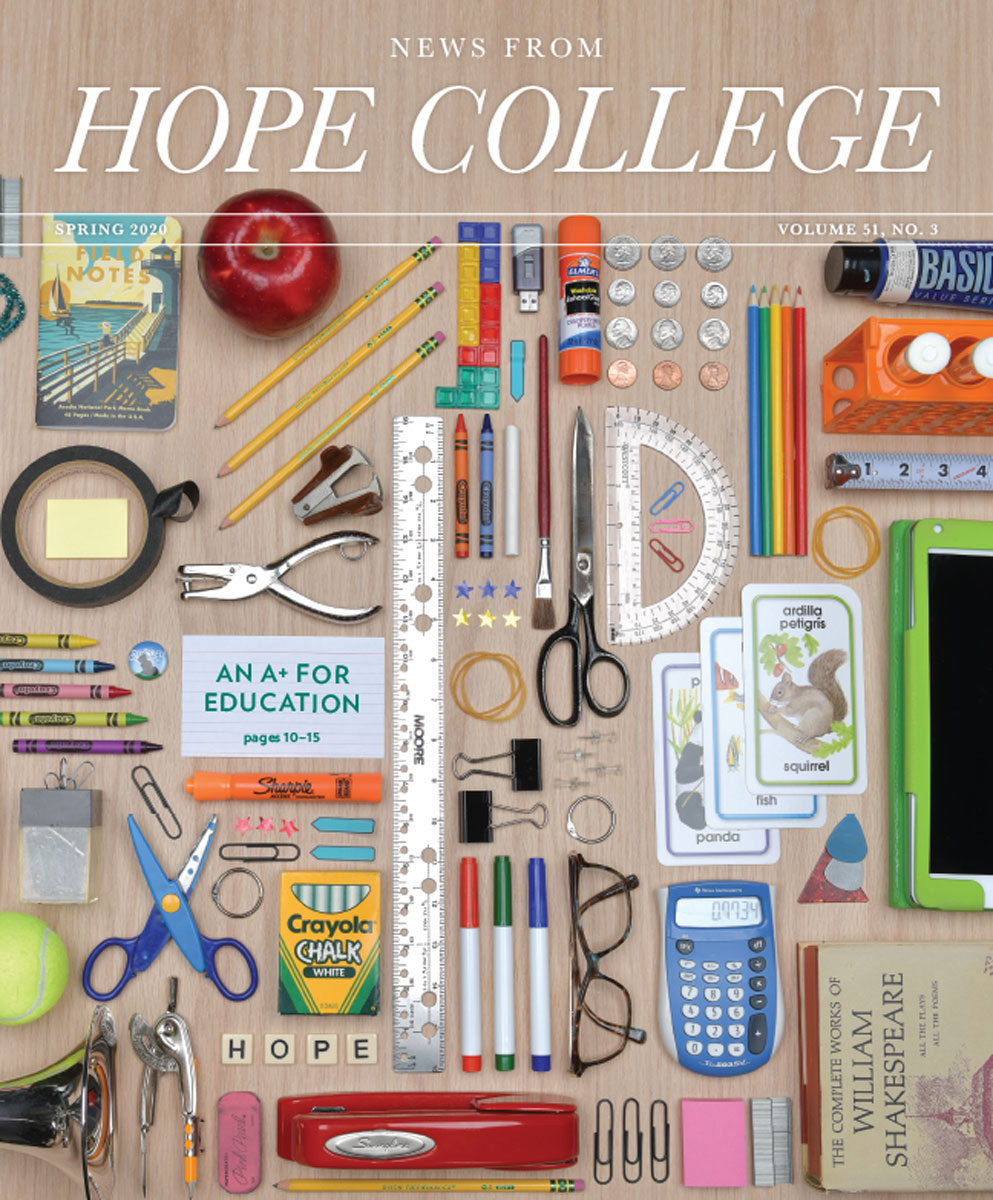

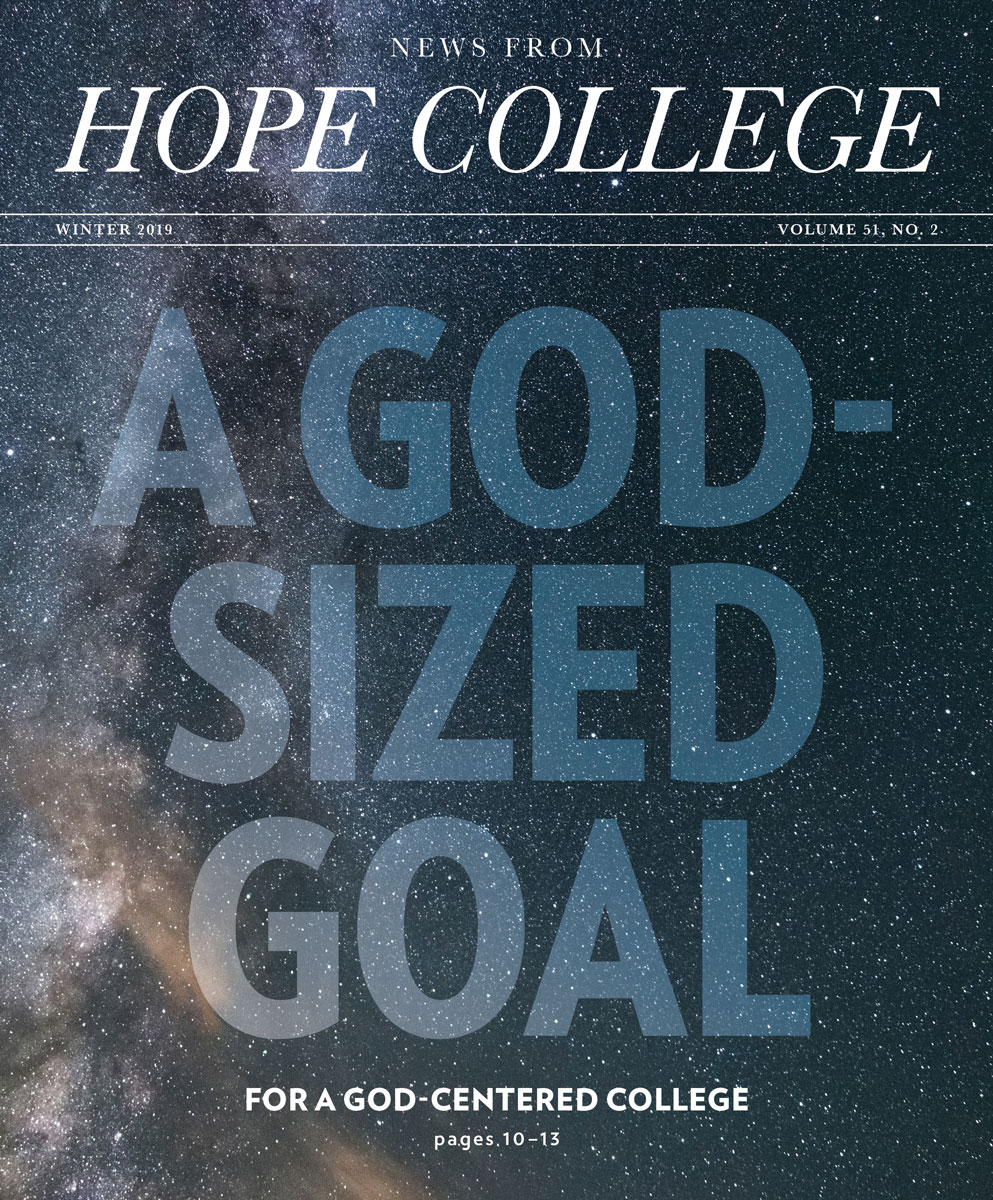
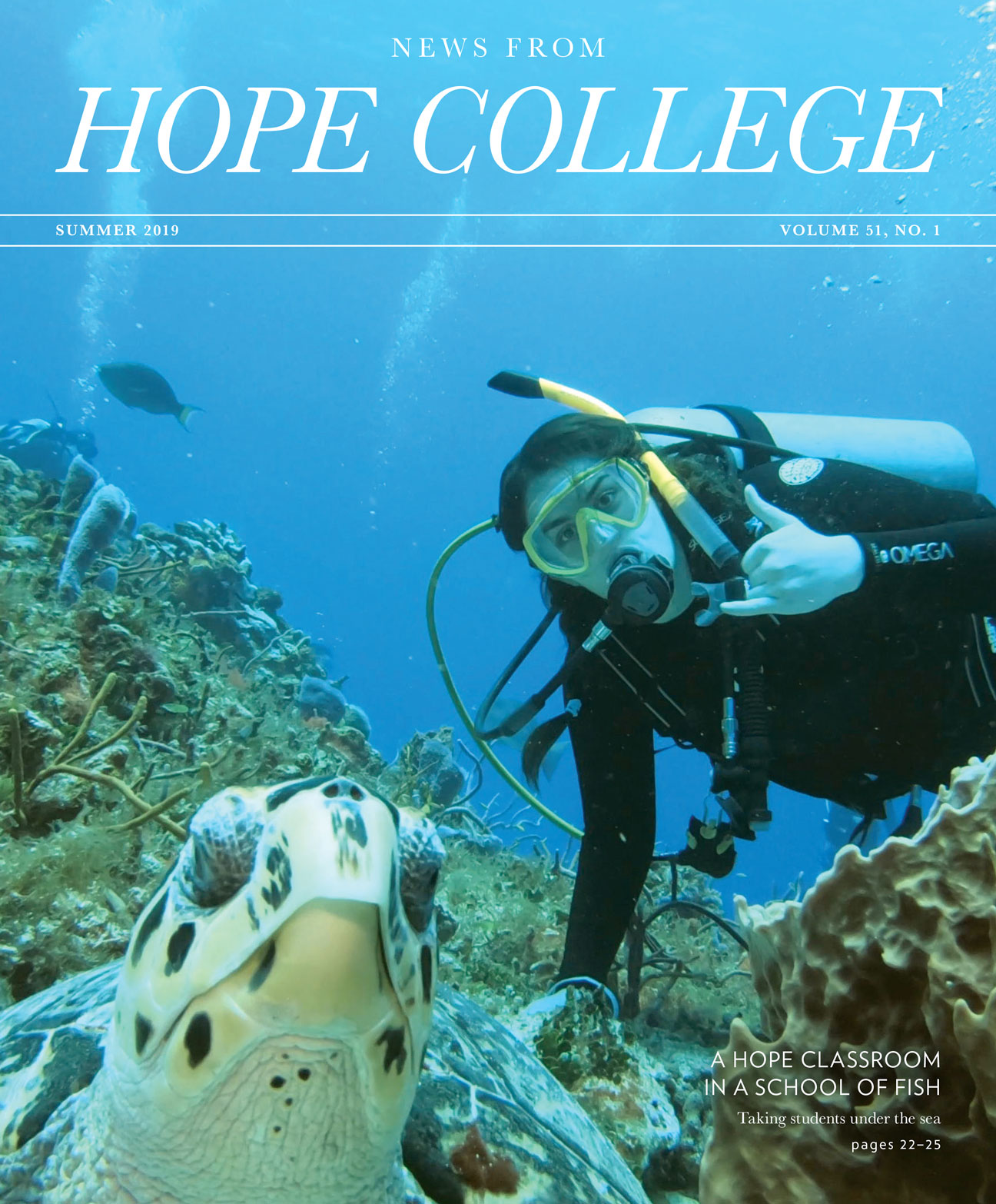
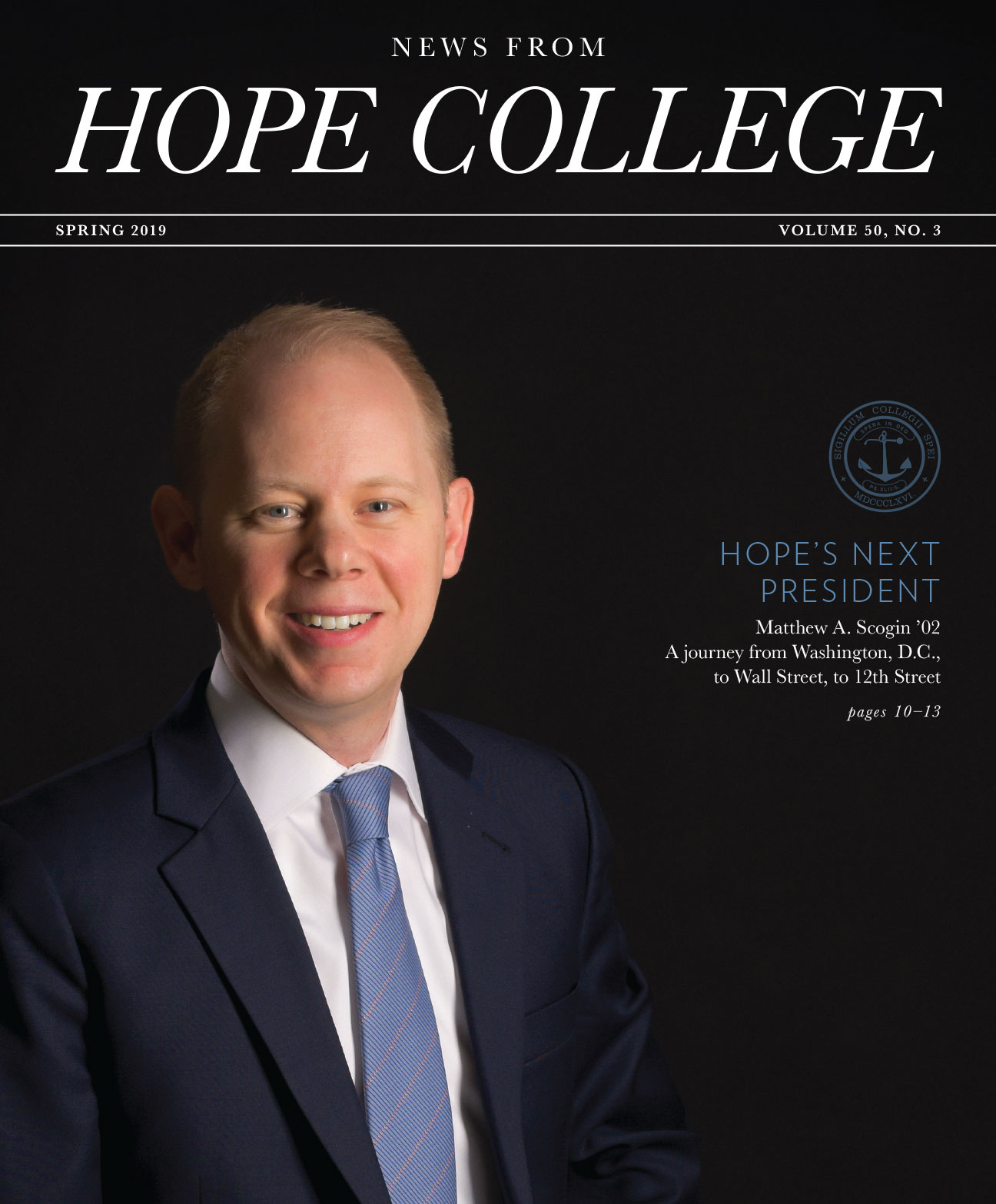
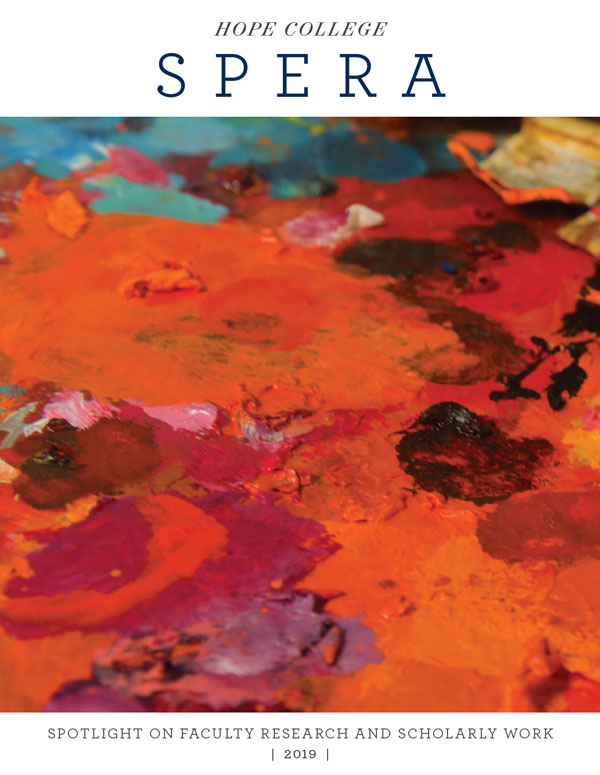
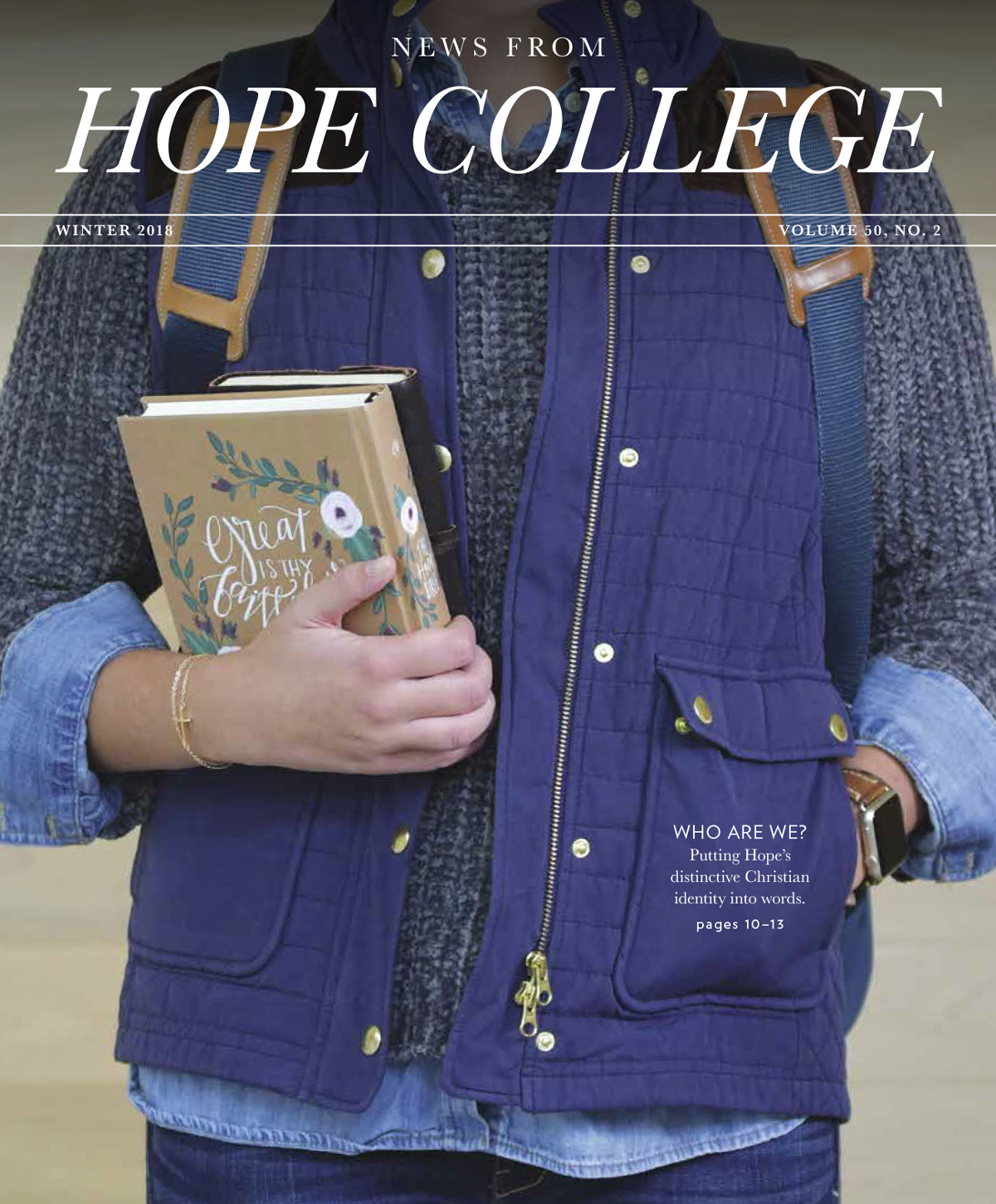
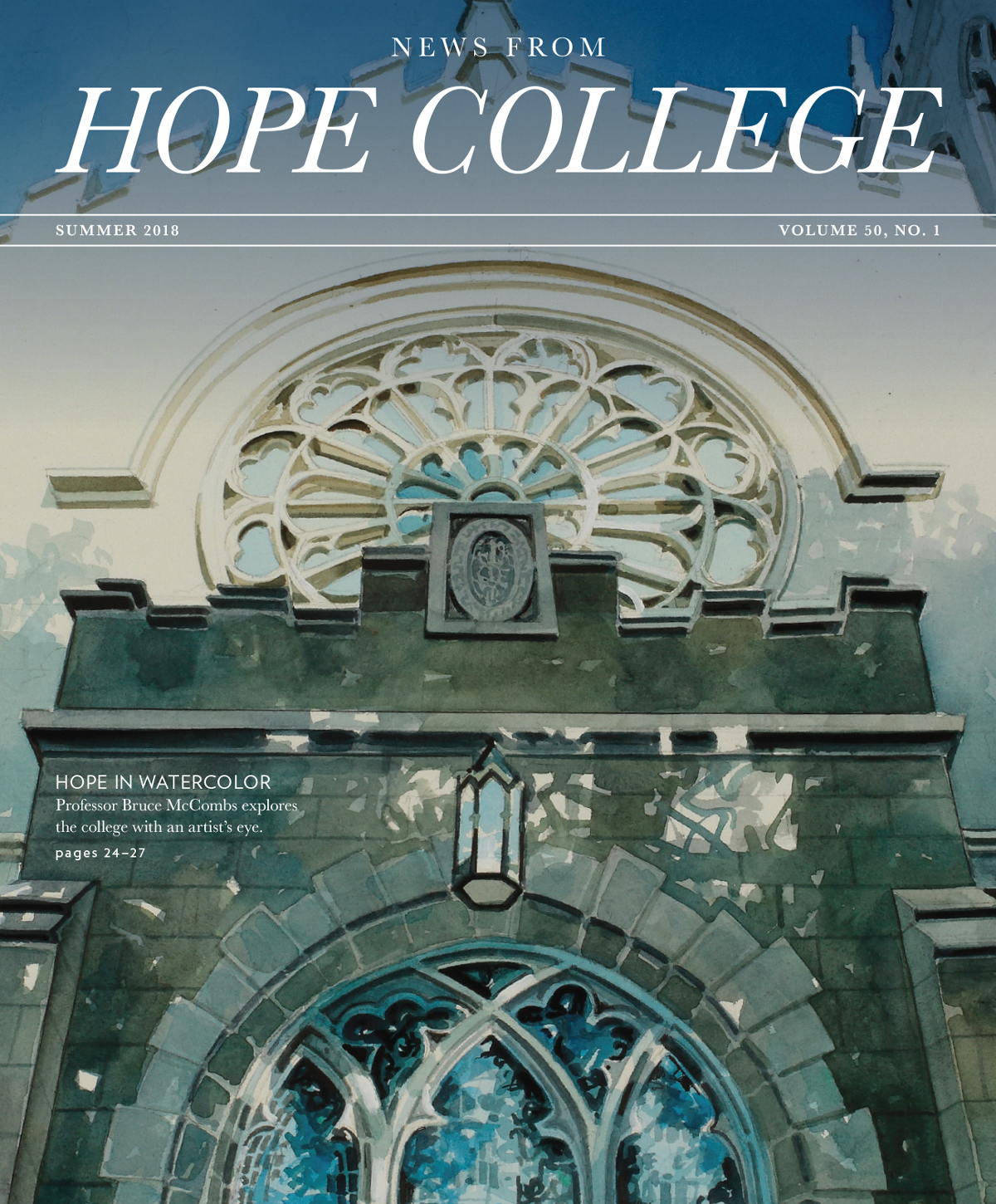
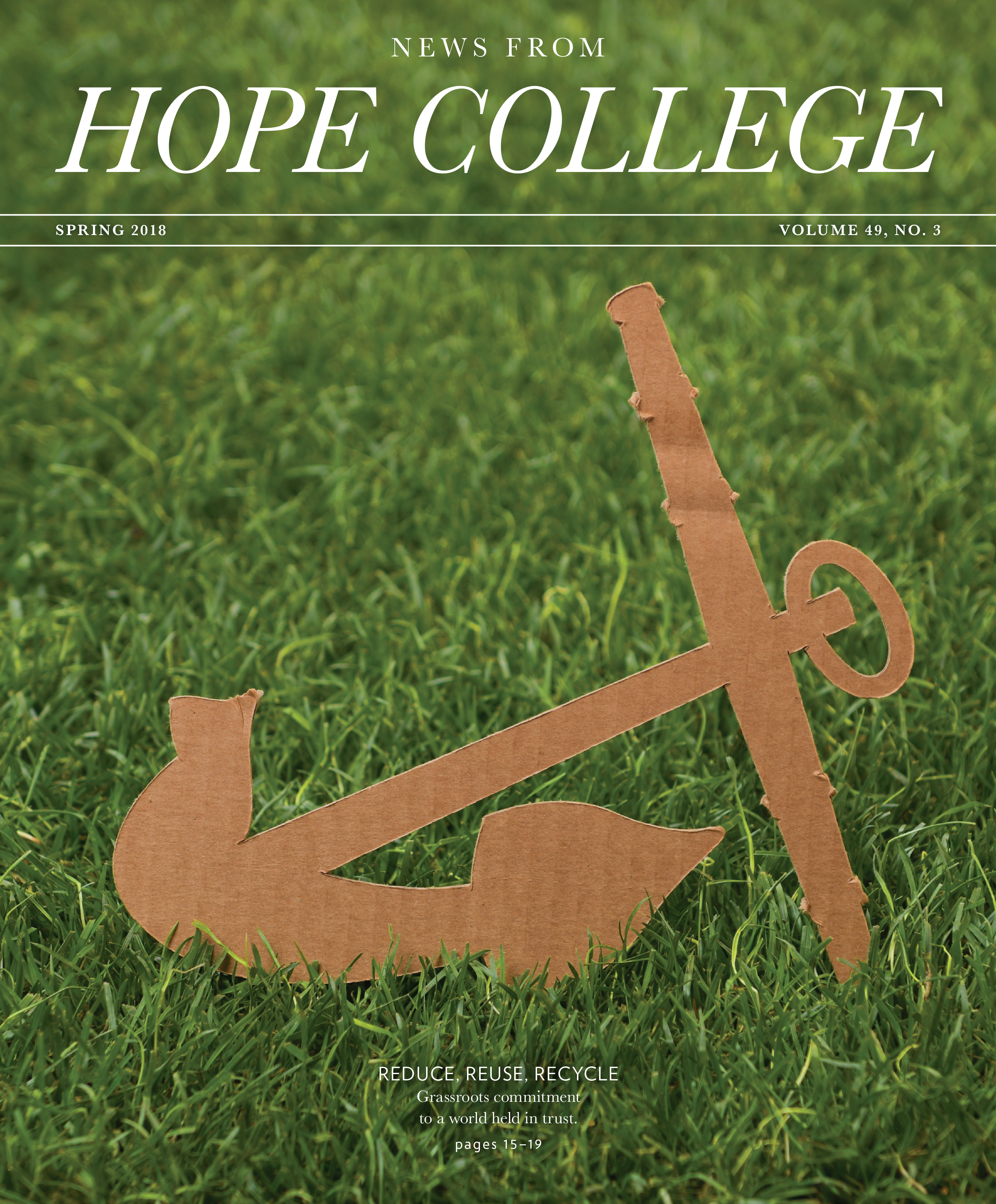

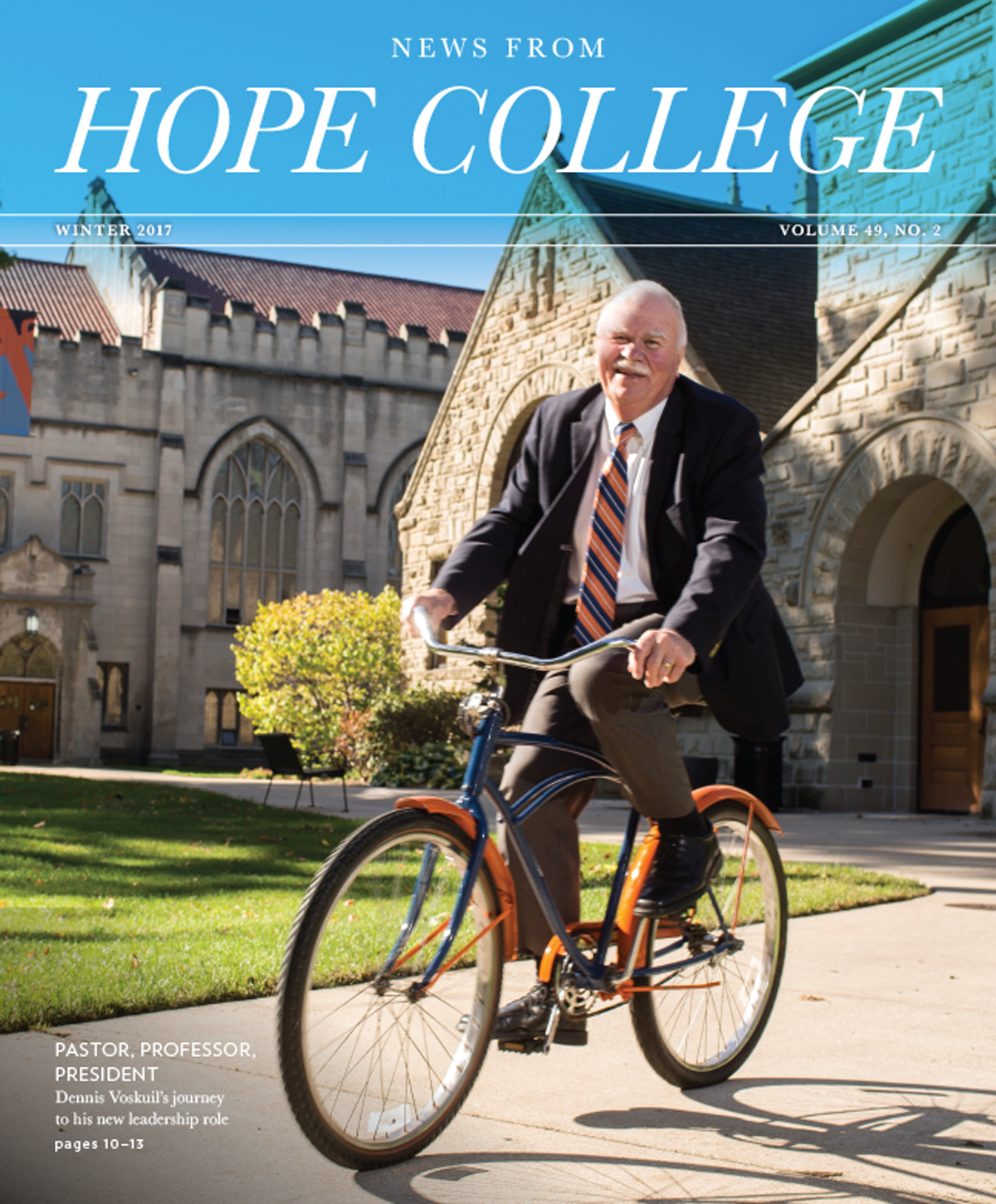
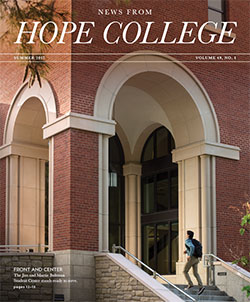
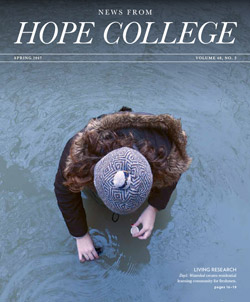
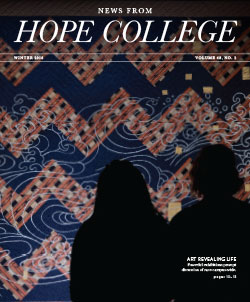
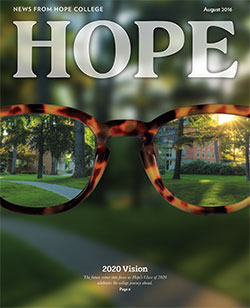
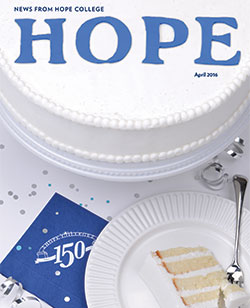
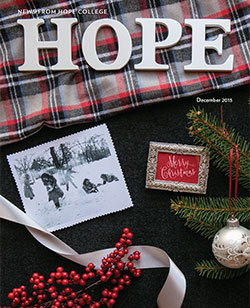
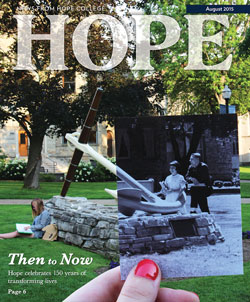
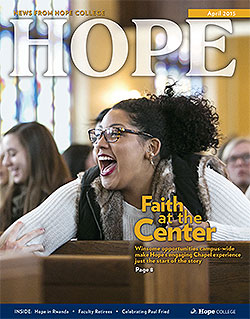
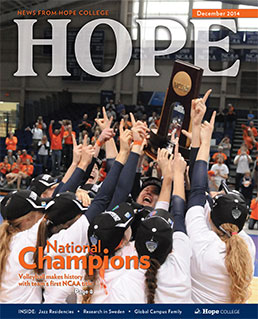
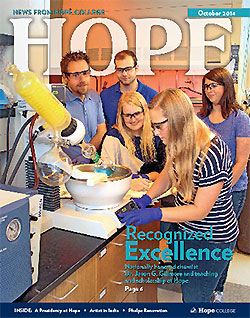

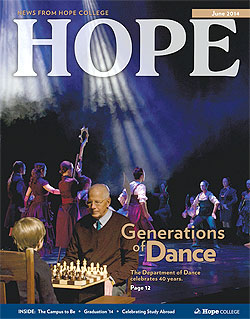
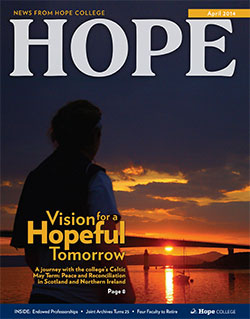
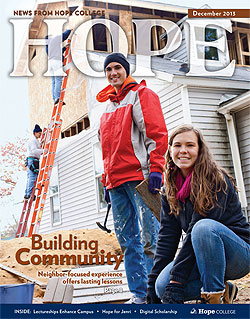



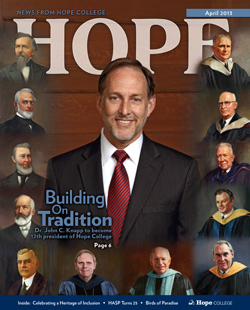
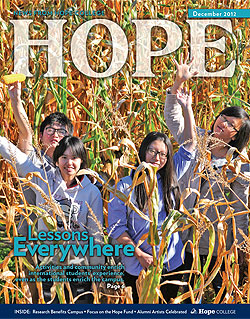
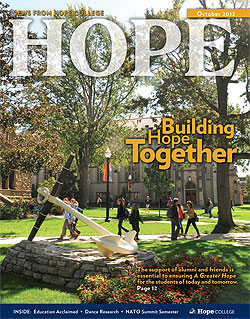

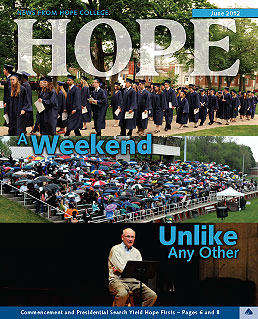


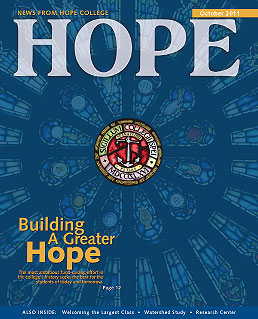
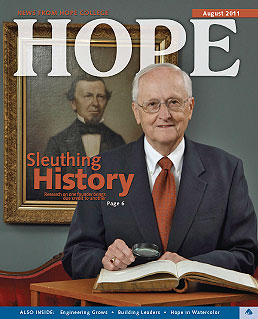
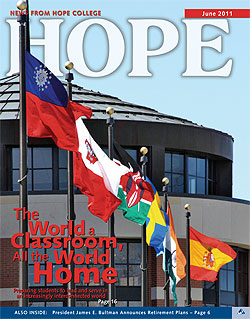
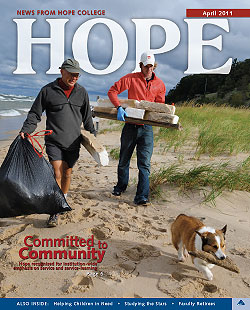
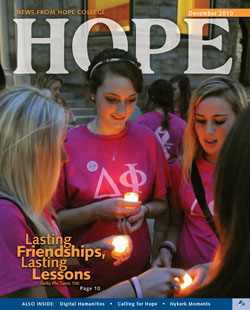

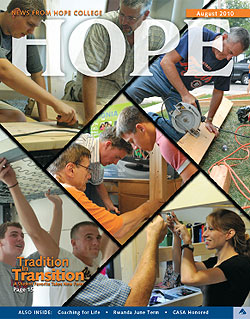
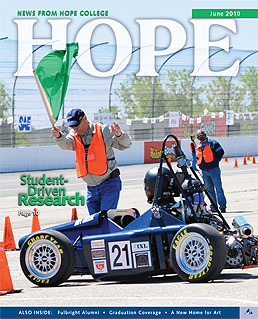
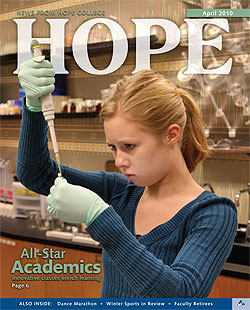
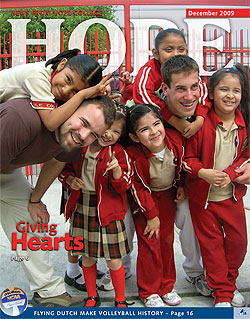
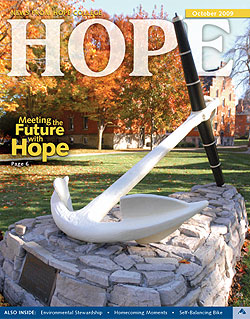

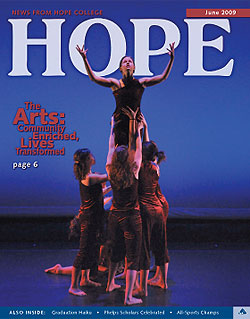
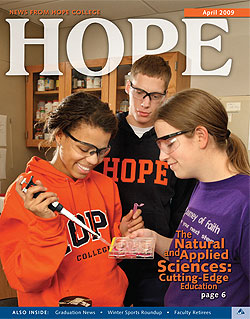

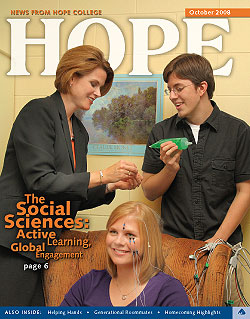

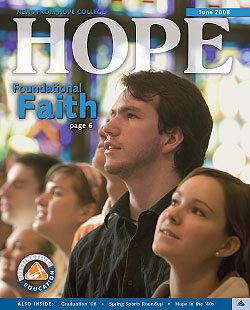

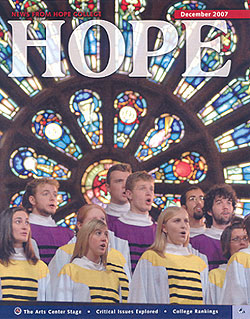
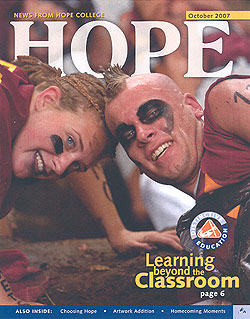
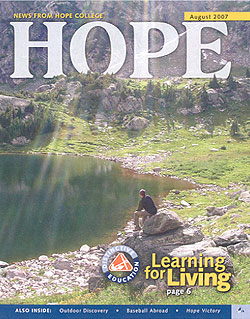
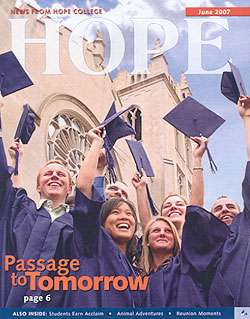

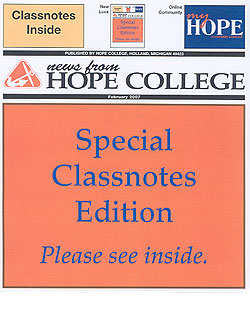
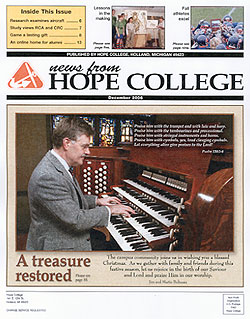
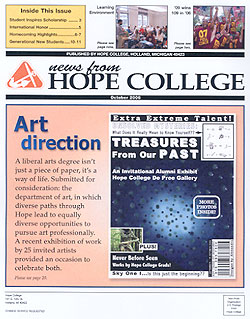
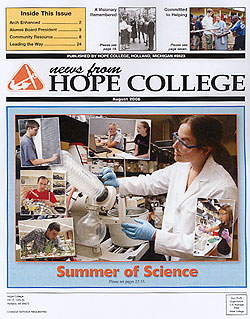
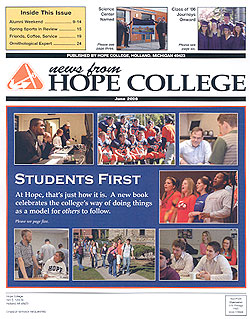
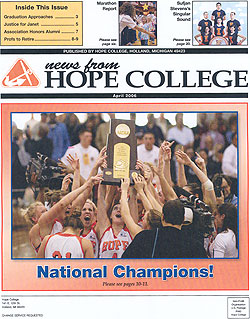
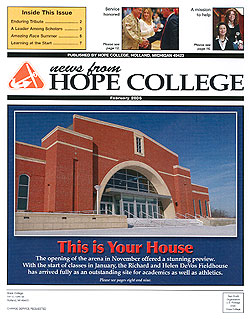
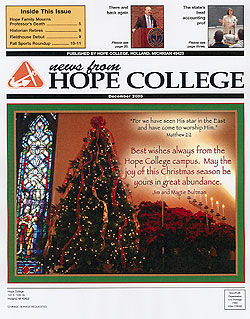
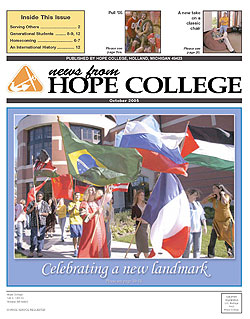
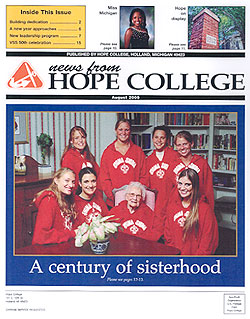
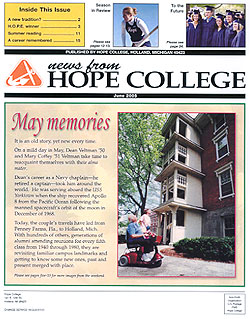
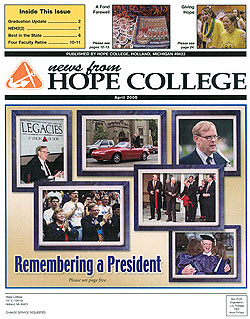
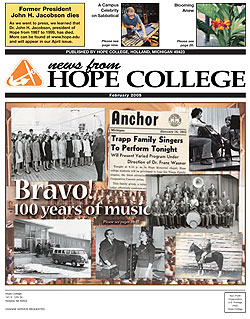
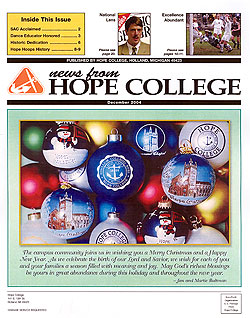

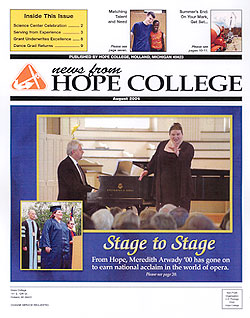
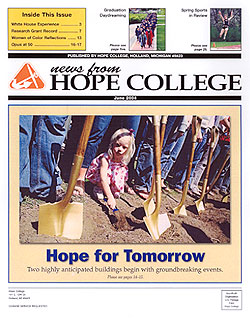

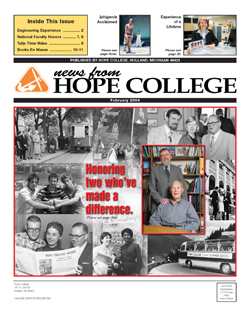
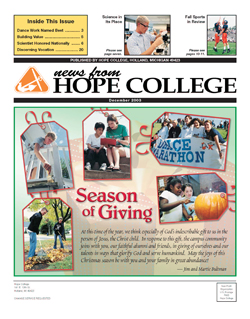
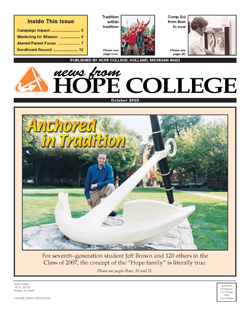
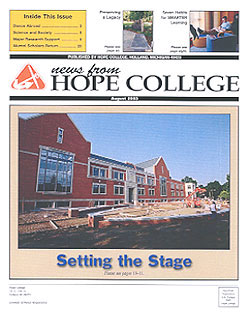
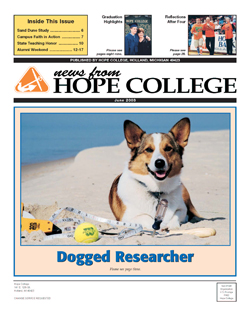
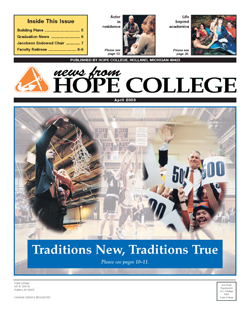
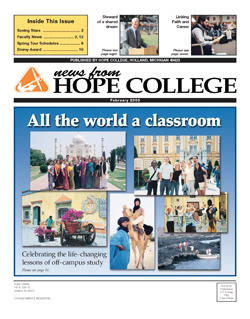


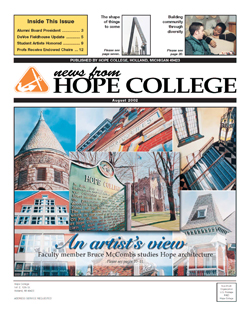
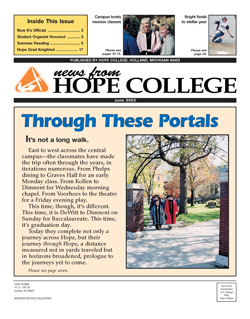
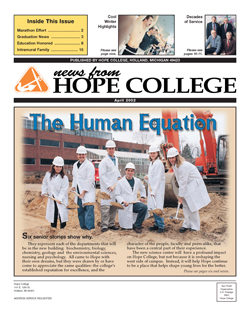
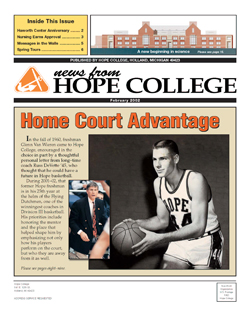
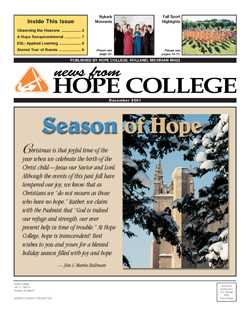
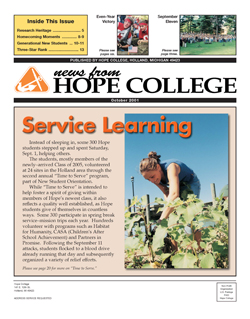
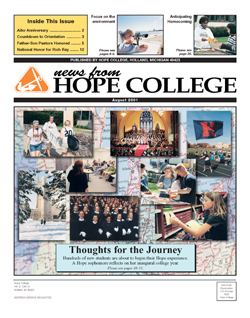
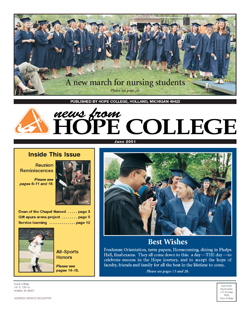

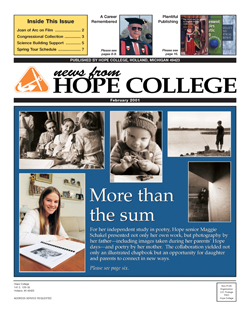
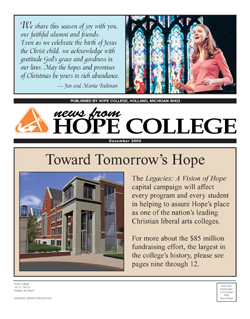
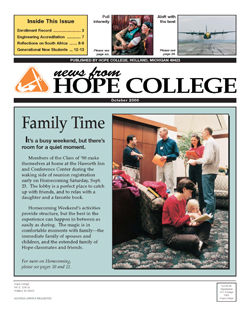
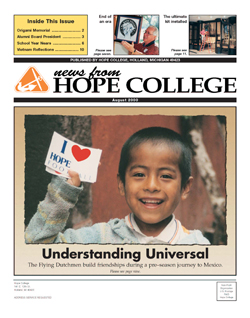
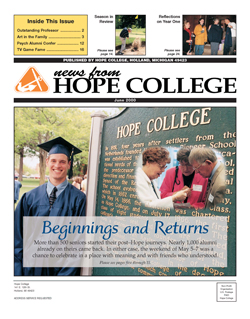
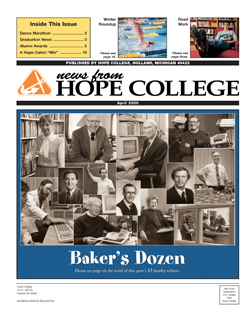
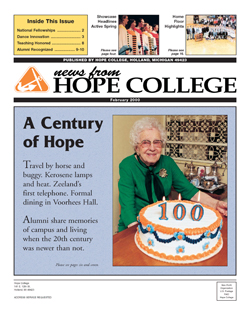
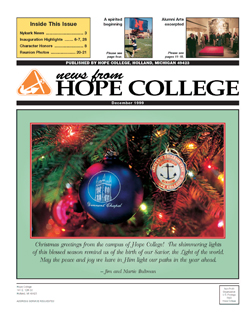
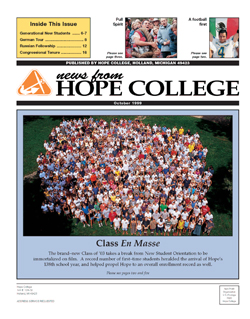


One thought on “Blazing Trails”
Comments are closed.